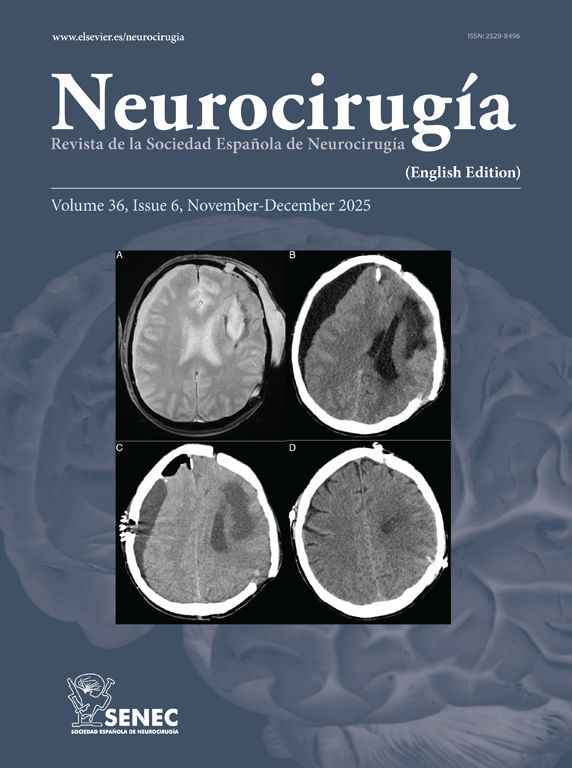Schwannomas of the musculocutaneous nerve (MCN) are rare benign tumors of the peripheral nerve sheath. Due to their slow growth, they are often diagnosed late. In the upper limbs, schwannomas typically affect longer peripheral nerves at a distal level, making MCN cases uncommon. Ultrasound (US) and magnetic resonance imaging (MRI) are essential tools for early detection. While most schwannomas can be surgically removed without damaging the nerve, intraoperative neurophysiological monitoring (IONM) is critical if fascicular involvement exists.
We present a 73-year-old right-handed Jehovah's Witness with a history of mild polio affecting the right arm. MRI showed a slow-growing, cystic mass in the right biceps, originating from the MCN and suggestive of schwannoma. Surgery achieved gross total resection without nerve damage. Histopathology confirmed a cystic schwannoma.
In atypical proximal upper limb tumors, MCN schwannoma should be considered, with US/MRI crucial for diagnosis. IONM-assisted removal can minimize postoperative complications.
Los schwannomas del nervio musculocutáneo son tumores benignos poco comunes de la vaina del nervio periférico. Debido a su crecimiento lento, suelen diagnosticarse tardíamente. En las extremidades superiores, los schwannomas típicamente afectan a los nervios periféricos más largos a nivel distal, lo que hace que los casos del nervio musculocutáneo sean infrecuentes. La ecografía (US) y la resonancia magnética (RM) son herramientas esenciales para su detección precoz. Aunque la mayoría de los schwannomas pueden ser resecados quirúrgicamente sin dañar el nervio, la monitorización neurofisiológica intraoperatoria (MNI) es fundamental si existe afectación fascicular. Presentamos el caso de un hombre de 73 años, diestro y Testigo de Jehová, con antecedentes de poliomielitis leve que afectaba la extremidad superior derecha. La RM evidenció una masa quística en el bíceps derecho, originada en el nervio musculocutáneo y sugestiva de schwannoma. La cirugía permitió una resección macroscópica completa sin daño al nervio. La histopatología confirmó el diagnóstico un schwannoma quístico. En los tumores proximales atípicos de la extremidad superior, debe considerarse el schwannoma del nervio musculocutáneo, como posibilidad diagnóstica, siendo fundamental la ECO/RM para su diagnóstico. La exéresis asistida por MNI puede minimizar las complicaciones derivadas de la cirugía.
Article

If it is the first time you have accessed you can obtain your credentials by contacting Elsevier Spain in suscripciones@elsevier.com or by calling our Customer Service at902 88 87 40 if you are calling from Spain or at +34 932 418 800 (from 9 to 18h., GMT + 1) if you are calling outside of Spain.
If you already have your login data, please click here .
If you have forgotten your password you can you can recover it by clicking here and selecting the option ¿I have forgotten my password¿.








